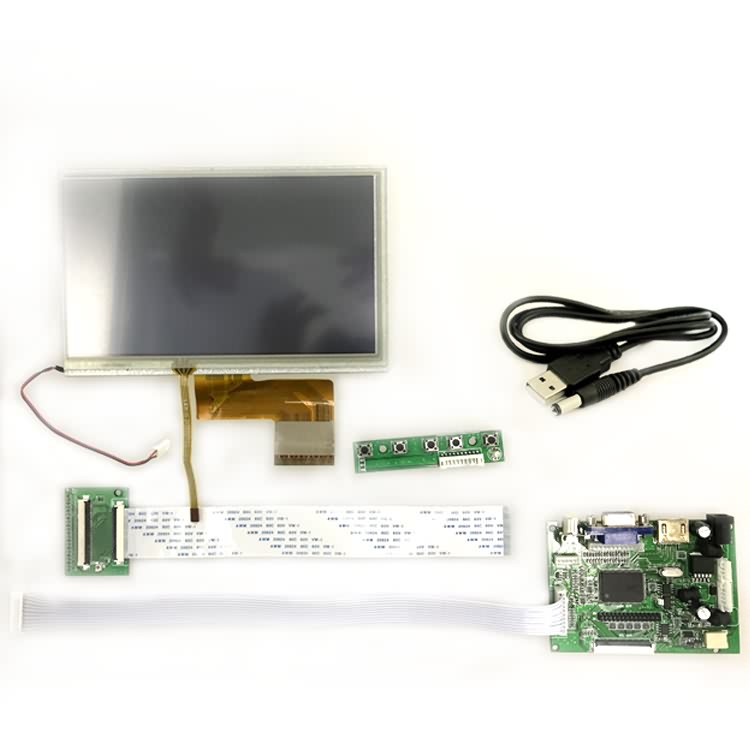Common interface types for LCD
There are many types of LCD interfaces, and the classification is very fine. Mainly depends on the driving mode and control mode of the LCD. Currently, there are several types of color LCD connections on the mobile phone: MCU mode, RGB mode, SPI mode, VSYNC mode, MDDI mode, and DSI mode. MCU mode (also written in MPU mode). Only the TFT module has an RGB interface. However, the application is more MUC mode and RGB mode, the difference is as follows:

1. MCU interface: The command will be decoded, and the timing generator will generate timing signals to drive the COM and SEG drivers.
RGB interface: When writing LCD register setting, there is no difference between the MCU interface and the MCU interface. The only difference is the way the image is written.
2. In the MCU mode, since the data can be stored in the internal GRAM of the IC and then written to the screen, this mode LCD can be directly connected to the MEMORY bus.
It is different when using RGB mode. It has no internal RAM. HSYNC, VSYNC, ENABLE, CS, RESET, RS can be directly connected to the GPIO port of MEMORY, and the GPIO port is used to simulate the waveform.
3. MCU interface mode: Display data is written to DDRAM, which is often used for still picture display.
RGB interface mode: display data is not written to DDRAM, direct write screen, fast, often used for displaying video or animation.
MCU mode
Because it is mainly used in the field of single-chip microcomputers, it is named after it. It is widely used in low-end and mid-range mobile phones, and its main feature is that it is cheap. The standard terminology for the MCU-LCD interface is Intel’s 8080 bus standard, so I80 is used to refer to the MCU-LCD screen in many documents. Mainly can be divided into 8080 mode and 6800 mode, the main difference between the two is timing. The data bit transmission has 8 bits, 9 bits, 16 bits, 18 bits, and 24 bits. The connection is divided into: CS/, RS (register selection), RD/, WR/, and then the data line. The advantage is that the control is simple and convenient, and no clock and synchronization signals are needed. The disadvantage is that it costs GRAM, so it is difficult to achieve a large screen (3.8 or more). For the LCM of the MCU interface, the internal chip is called the LCD driver. The main function is to transform the data/command sent by the host into RGB data of each pixel and display it on the screen. This process does not require point, line, or frame clocks.
SPI mode
It is used less, there are 3 lines and 4 lines, and the connection is CS/, SLK, SDI, SDO four lines, the connection is small but the software control is more complicated.
DSI mode
This mode serial bidirectional high-speed command transmission mode, the connection has D0P, D0N, D1P, D1N, CLKP, CLKN.
MDDI mode (MobileDisplayDigitalInterface)
Qualcomm’s interface MDDI, introduced in 2004, improves mobile phone reliability and reduces power consumption by reducing wiring, which will replace SPI mode and become a high-speed serial interface for mobile. The connection is mainly host_data, host_strobe, client_data, client_strobe, power, GND.
RGB mode
The large screen uses more modes, and the data bit transmission also has 6 bits, 16 bits and 18 bits, and 24 bits. Connections generally include: VSYNC, HSYNC, DOTCLK, CS, RESET, and some also require RS, and the rest is the data line. Its advantages and disadvantages are exactly the opposite of the MCU mode.